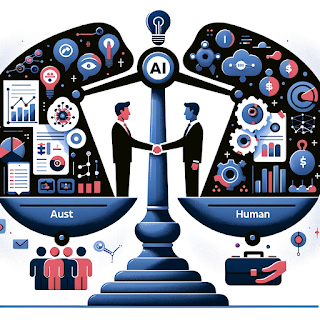Deciding on Automation Platforms
In today's CIO agenda, Process Automation is one subject that requires special attention as it is defined and offered differently by different use cases and vendors.
From the IT perspective, as we know it today, Process Automation is oriented to the experience of improving and optimizing processes to leverage technology to avoid manual processes and data loss by leveraging traditional technologies such as email.
Almost all vendors offer Automation as part of their features, either an ERP system, CRM or device management solutions. The prominent vendors providing document management and reporting solutions are competing aggressively to gain the market share if this growing area of IT expands to the business and will be a constant source of demand as we digitize all aspects of our working experience.
Process Automation is also widely available now on no-code or low-code solution platforms, such as Nintex or Microsoft Power Platform. Vendor licensing agreements throw in licenses for the adoption and expansion as part of their deals, making it very confusing to invest in Process Automation, including Robotic Process Automation and Process Discovery. Shall an organization invest in a single platform? Multiple? or integrate all automation options?
The best way to tackle the questions is by looking at the existing processes and checking the complexity of process automation.
Most clients I work with select two to three automation platforms, not only because of the features and integration capabilities but also for the licensing costs based on the different licensing models that vendors present. Decisions are not only made by the technology itself but also by the costs of maintaining the Automation (applications, workflows, forms)
And beyond licensing and features is the new work that is savvier than ever about software and would like to make necessary improvements with Automation. Individual Innovation is good and can be governed with compliance being organized early on. As the workforce develops more skills in the no-code, low-code tools, more and more efficiency can be gained with Automation platforms beyond what can be envisioned.
Like in the past, technology advances fast, and we are setting up the foundations of an entirely new approach to work. My invitation is that organizations keep being competitive and ready for opportunities and challenges with Process Automation adoption as soon as possible.



Comments
Post a Comment